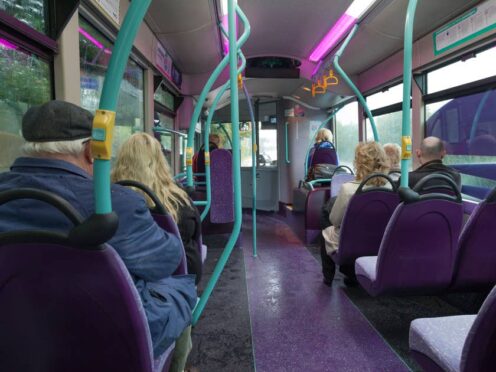
Funding for bus services falls below the public’s priorities, a survey suggests.
More than four out of 10 (42%) British adults want investment in the sector to be a top priority for the next government, a poll commissioned by trade association the Confederation of Passenger Transport (CPT) indicated.
CPT analysis of Treasury figures shows less than 10% of transport spending is allocated to bus services.
The survey suggested support for investment in buses, as one of the main three transport spending priorities after the General Election, is highest among Labour voters (48%), households with no access to a car (48%) and voters aged over 65 (46%).
More than half (56%) of those polled who want the next government to focus on bus funding consider more frequent services to be most important, while a similar proportion (54%) want fares to continue to be subsidised.
In Britain, some 58% of public transport journeys are made by bus.
CPT director of policy and external relations, Alison Edwards, said: “Buses are the nation’s most affordable, accessible and popular form of public transport – carrying over 10 million people a day.
“But spending is way below what many voters clearly think it should be.
“Our latest polling shows that people want to see more frequent buses, fares kept low and more new routes.
“Among those who want the next government to prioritise spending on buses, those three things also matter significantly more to them than changing who runs the buses.
“The polling also highlights how, if the next government invests to improve services, many people will use the bus more often.”
Labour has pledged to give local authorities in England more power to franchise local bus services if it wins the election, while the Conservative Party’s manifesto features a commitment to maintain the £2 cap on single bus fares in England for the entirety of the next Parliament.
– The survey of 2,111 British adults was conducted by research company YouGov on June 10 and 11.

Enjoy the convenience of having The Sunday Post delivered as a digital ePaper straight to your smartphone, tablet or computer.
Subscribe for only £5.49 a month and enjoy all the benefits of the printed paper as a digital replica.
Subscribe